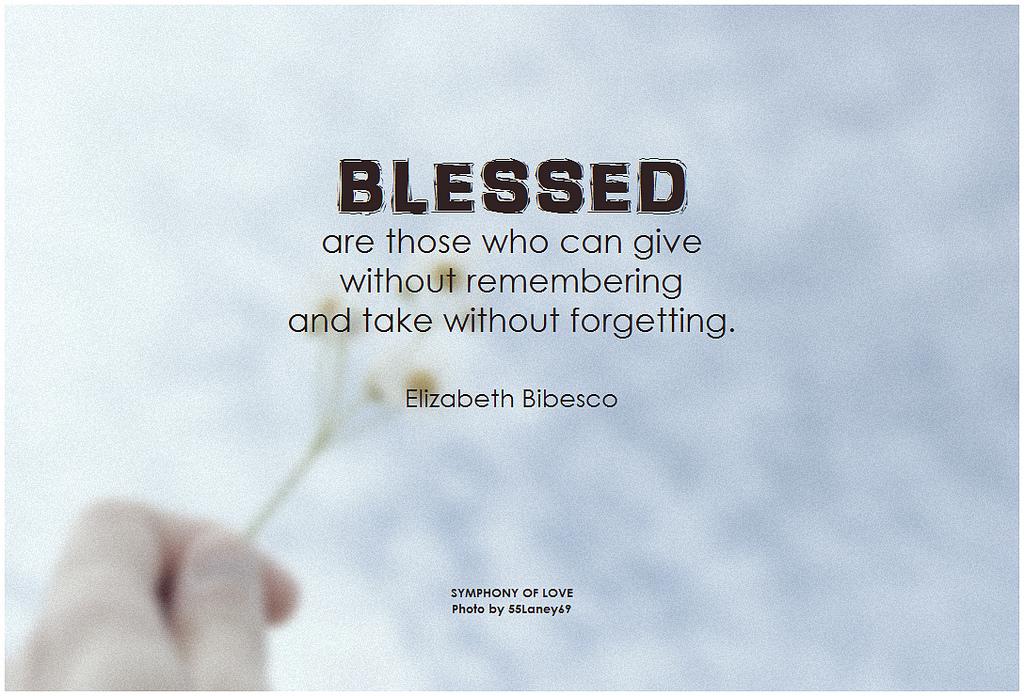
Navigating Legal Waters: Teh Truth Behind YouTube influencer marketing
In the vast ocean of digital marketing, YouTube influencers have emerged as powerful navigators, guiding brands through the ever-changing currents of consumer engagement. Their charismatic personalities and compelling content draw in millions of viewers, making them coveted partners for businesses seeking to tap into the elusive millennial and Gen Z markets. However, beneath the surface of likes, shares, and subscriptions lies a complex legal landscape that influencers and brands must traverse. As the popularity of influencer marketing continues to swell, so too do the waters of regulation, disclosure, and intellectual property rights. In this article, we delve into the intricacies of YouTube influencer marketing, shedding light on the often-overlooked legal considerations that can make or break a collaboration. Join us as we embark on this exploratory journey, unveiling the truths that every brand and influencer should know before casting their nets into the digital sea.
Understanding the Legal Landscape of Influencer Marketing
Influencer marketing has emerged as a dynamic force driving brand engagement and consumer trust in today’s digital age. However, the legalities surrounding it can often feel like murky waters. Federal Trade Commission (FTC) guidelines mandate that influencers disclose their relationships with brands when promoting products. Failure to provide such disclosures can result in hefty fines and tarnishing of reputations for both influencers and brands alike. As a result, understanding the intricacies of these guidelines is crucial for maintaining transparency and legality; without careful navigation, influencers may find their credibility sinking.
Moreover, contracts between influencers and brands are vital in this landscape. These agreements outline expectations,deliverables,and compensation,providing a safety net against potential disputes. When drafting contracts, consider addressing the following key elements:
- Scope of Work: Define exactly what is expected from the influencer in terms of content creation.
- Exclusivity: Specify if the influencer is restricted from promoting competing brands.
- Usage Rights: Clarify how the brand will use the influencer’s content post-campaign.
to provide clarity,here’s a simple table illustrating common contract elements:
| Contract Element | description |
|---|---|
| Payment Terms | Details on remuneration structure,such as upfront fees or performance bonuses. |
| Deliverables | Clearly define what content is to be created, specified in quantity and quality. |
| Compliance | Requirements for adherence to legal standards, including disclosure guidelines. |

Disclosing Sponsored Content: What Every Influencer must Know
As an influencer, maintaining transparency with your audience is not just a best practice; it’s a legal requirement. The Federal Trade Commission (FTC) mandates that sponsored content must be clearly disclosed to ensure that followers are aware of the commercial intent behind posts. To fulfill this obligation,influencers should prominently use clear language such as “sponsored,” “paid Partnership,” or “Ad” to indicate the nature of the content. Vague statements like “Thanks to [Brand]” are insufficient; the disclosure must be explicit and easily noticeable to avoid misleading viewers. Here are essential points to consider:
- Use clear language: Always opt for straightforward terms like “Sponsored”.
- Placement matters: Place disclosures close to the sponsored content itself, preferably at the beginning of the post.
- Avoid jargon: Terms that are common in the influencer community might not be clear to all audiences.
In addition to FTC regulations, diffrent social media platforms have their own guidelines regarding sponsored content. YouTube,for example,encourages creators to inform viewers about any paid promotions within the video and the video description.Notably, many creators are now placing disclaimers in both the video and the description box, which provides a dual layer of transparency. Here’s a quick overview of how various platforms recommend disclosures:
| Platform | Recommended Disclosure Method |
|---|---|
| YouTube | Include verbal and written disclaimers in descriptions. |
| Use #ad or #sponsored in the caption. | |
| Add a paid partnership tag when applicable. |

Intellectual Property Rights in the Age of Digital Influence
In today’s hyper-connected world, the intersection of digital influence and intellectual property rights has become increasingly complex. As YouTube influencers generate and share content that resonates with millions, it raises critical questions about ownership and creativity. Original ideas, brand identities, and scripting are not only the backbone of influencer marketing but also the assets that require protection under intellectual property laws. Influencers must be aware that using copyrighted materials—such as music, images, or even scripts—without permission can led to legal pitfalls. Understanding the nuances of copyright, trademark, and fair use is paramount for influencers who wish to build a sustainable brand while respecting the rights of other creators.
Furthermore,the burgeoning landscape of influencer collaborations complicates matters. Contracts frequently enough dictate how content can be used and shared, which, in turn, impacts ownership rights. Influencers should pay attention to essential elements in collaboration agreements, such as:
- content Ownership: who retains the rights post-publication?
- Usage Rights: How can the brand use the influencer’s content across platforms?
- Attribution: Are influencers credited properly for their work?
With so much at stake, it’s crucial to consult with legal experts who understand the influencer marketing landscape. Below is a simple overview of key intellectual property types relevant to YouTube influencers:
| Intellectual Property Type | description |
|---|---|
| copyright | Protects original works of authorship, including videos and music. |
| Trademark | Safeguards brand names and logos from unauthorized use. |
| Fair Use | Allows limited use of copyrighted material without permission for specific purposes. |

Building Authentic Relationships While Staying Compliant
In the world of influencer marketing,establishing genuine connections is vital for both brand and influencer success. Authentic relationships foster trust,which in turn encourages audiences to engage with the content being produced. Here are a few strategies for building these connections while adhering to legal guidelines:
- Transparency Is Key: Always disclose paid partnerships clearly in video descriptions and verbally within the content.
- Engage Authentically: Create honest, relatable content that resonates with your audience rather than merely pushing products.
- Value Messaging: Present the values of the brand as they align with your own personal beliefs, ensuring that your audience understands the synergy.
Moreover, understanding regulatory frameworks helps maintain integrity in these relationships. Keeping up with evolving rules can seem overwhelming, but establishing an informed approach will mitigate risks.Here’s a simplified comparison table of key compliance aspects every influencer should consider:
| Aspect | Guideline |
|---|---|
| Disclosures | Use clear language and prominent placement in all sponsored content. |
| Content Authenticity | Focus on creating personal narratives that include branded messaging naturally. |
| Age Targeting | Be aware of age restrictions and ensure your content is suitable for your audience. |
The Way Forward
As we reach the shore of our exploration into the nuances of YouTube influencer marketing, it’s clear that navigating these legal waters requires not just skill, but also a keen awareness of the ever-evolving landscape. The interplay between creativity and compliance presents both challenges and opportunities for brands and influencers alike. By understanding the regulations and embracing transparency, stakeholders can foster trust and authenticity in their collaborations.
As this digital realm continues to expand, staying informed is paramount. Remember, the world of influencer marketing is not merely about capturing attention; it’s about cultivating meaningful connections that resonate with audiences while respecting the legal frameworks in place. So whether you’re a brand seeking to harness the power of influence or a creator charting your course, let this guide serve as a compass, leading you through the complexities of this dynamic and promising field.Safe travels on your digital journey!